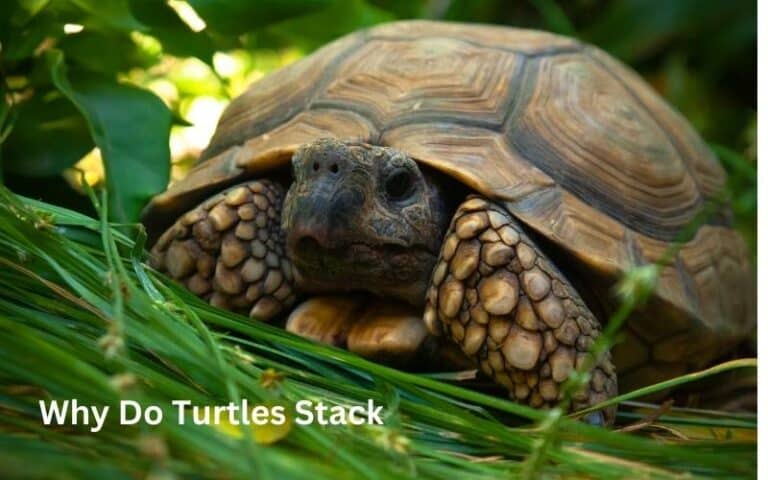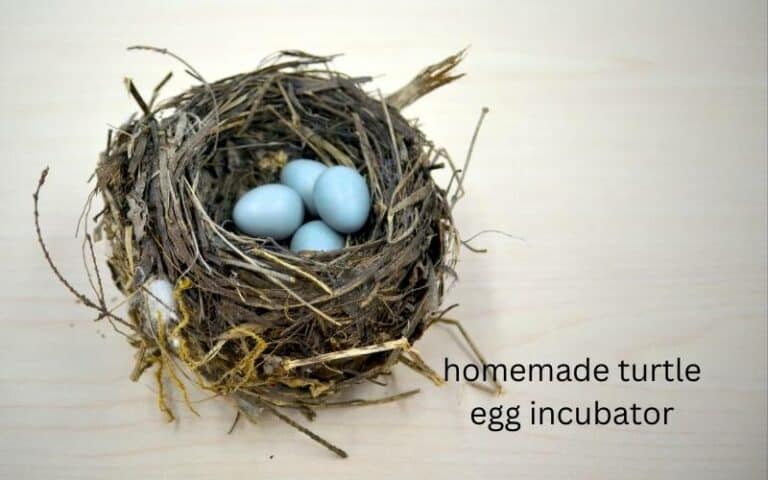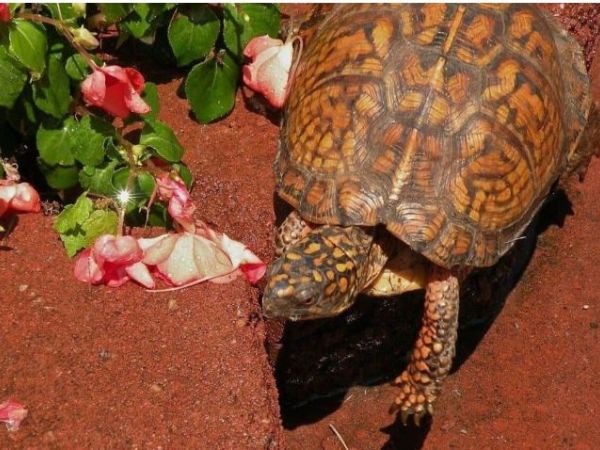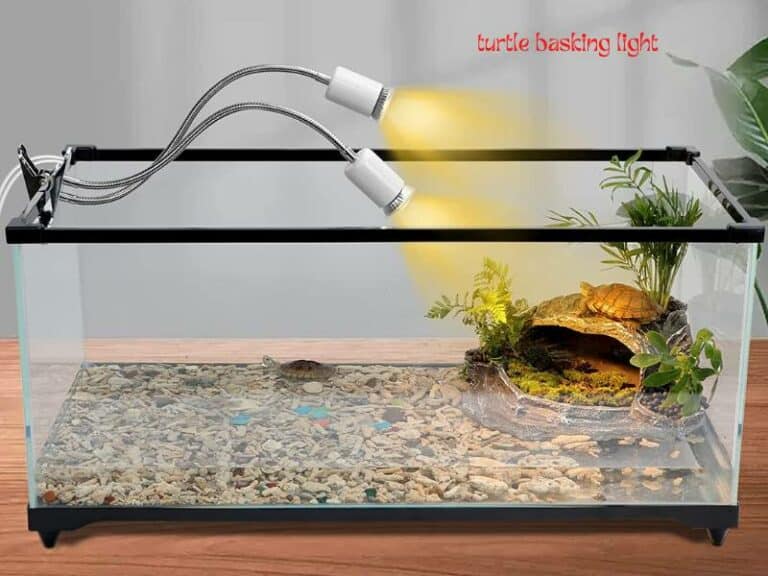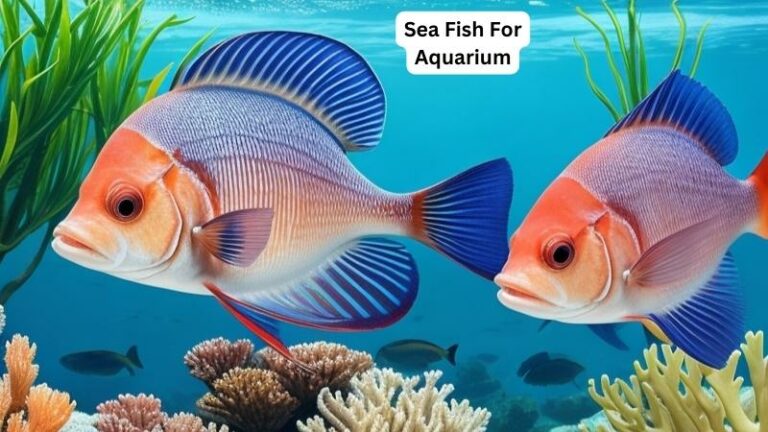best substrate for turtle tanks | turtlevoice
Today we discuss the best substrate for turtle tanks. Whether you have a pet turtle or are looking to adopt one, it’s essential to learn about the best substrate for your pet’s tank. It can be difficult to decide with so many options on the market! Making sure that you choose the right substrate will help ensure proper moisture, provide insulation, and allow your turtle’s surface area to burrow which all contribute not only to providing a comfortable place for them but also keeping their habitat free of harmful bacteria and preventing health issues.
This blog post explores the different substrates available – from natural products like dirt and sand, or manufactured ones such as reptile carpets and artificial mesh – while helping you make an informed decision based on its cost-effectiveness and safety for your beloved turtles.
The necessity for a substrate for turtle tanks:
A substrate is an important part of creating a healthy home environment for your turtle. Substrate helps keep the water clean, provides natural habitat and feeding areas, and gives turtles something to dig in. Without a proper substrate, the tank can become dirty quickly, which could make it difficult for your turtle to stay healthy.
The type of substrate you choose will depend on the size and species of your turtle as well as its preferred habitat. Popular substrates used in turtle tanks include sand, gravel, soil mixtures, and other organic materials.
While these substrates are safe for most turtles, there are also specialty substrates available for specific species or needs. Whichever substrate you choose, be sure that it is free from harmful chemicals such as chlorine or lead and can be easily replaced.
Good maintenance practices, such as regular water changes and cleaning of the substrate, are also essential for creating a healthy turtle tank environment.
substrate for turtle tanks:
- The most common type of substrate for turtle tanks is aquarium gravel. Gravel provides a natural environment for the turtles to move around in and helps keep their shell clean and healthy.
- Other popular substrates used are sand, pebbles, bark chips, and aquatic soil. Each type has pros and cons depending on the needs of your tank and its inhabitants.
- Pebbles provide more stability and are better for larger tanks than adult turtles.
- Bark chips will add natural decorations to the tank while also providing an ideal environment for bottom-dwelling turtle species.
- Aquatic soil has the added benefit of being rich in nutrients that help keep your tank healthy and the water clear.
the best substrate for red-eared slider:
Red-eared slider turtles are most comfortable in a shallow, gritty substrate such as play sand or sandy river rocks that give them an area for basking and digging. since these turtles can eat anything they can fit into their mouth, it’s important to stay aware of possible ingestion hazards.
You should avoid substrates like gravel and larger rock fragments as these could cause choking if swallowed. If you choose to use sand as the substrate, be sure it is a natural beach or pool sand.
Never use construction or playground-style sand, as this often has additives that could be harmful if ingested. moreover, live plants can make excellent additions to your turtle’s tank and create hiding places while also helping keep the water clean through biological filtration processes.
the best substrate for aquatic turtles:
The best substrate for aquatic turtles is a combination of natural materials that allow your turtle to explore and swim. A good mix would include river rocks, aquarium gravel, sand, and some live plants. The size of the substrate should be small enough for the turtle to not be able to swallow it yet large enough for them to hide in or create burrows if they wish.
This gives them a safe space in which they can feel secure and also helps them maintain their shell health by providing adequate calcium content when they consume it while searching through the material.
Having some floating vegetation available (like duckweed or water lettuce) will also help keep the water clean while giving refuge areas where unsuspecting prey can enter.
kind of substrate for box turtles:
Box turtles require a loose, gritty substrate of soil and compost (in equal amounts) for their habitat. This should be at least 3 to 4 inches deep so that your turtle can burrow beneath it. Adding coconut coir or some other type of organic substrate helps add moisture and keep the bedding cooler during hot days.
In addition, you can top off the substrate with some dead leaves and twigs to provide hiding places, as well as access to food items like worms and crickets which will benefit your turtle’s health. Lastly, make sure that the enclosure is kept clean by doing bi-weekly spot cleanings by removing solid waste matter when it appears in order to help prevent bacteria buildup in their habitat.
Pros and cons of each type of substrate:
| substrate | pros | cons |
|---|---|---|
| gravel | Can be aesthetically pleasing, absorbs waste, and helps keep the tank clean. | Gravel can harbor bacteria, can be difficult to clean due to its texture, and some turtles may try to eat it. |
| sand | Easier to clean than gravel and provides a naturalistic look. | Can harbor parasites and bacteria, can be difficult to keep in place as turtles dig in it, and some turtles may try to eat it. |
| smooth rocks or tiles | Easier to clean than gravel or sand, longer lasting and eliminates the chance that a turtle will swallow pieces. | Can be difficult to keep in place as turtles dig in it, and may not have the same aesthetic appeal as gravel or sand. |
| moss | The soft and natural look keeps water clean by absorbing waste and provides a secure surface for turtles to climb on. | Can be difficult to clean, can harbor bacteria and parasites, and turtles may try to eat it. |
| fake plants | Helps create a naturalistic look in the tank without the mess or maintenance required for real plants. | Can accumulate bacteria and waste, not as aesthetically pleasing as real plants, and turtles may try to eat them. |
| real plants | Naturalistic look, can help keep the water clean, provides a secure surface for turtles to climb on, and helps oxygenate the water. | Can be difficult to maintain due to fluctuating temperatures and lighting requirements, and turtles may try to eat them. |
| driftwood | Can provide a naturalistic look, can help keep the water clean by absorbing waste, and provides a secure surface for turtles to climb on. | Can be difficult to clean, can harbor bacteria and parasites, and turtles may try to eat it. |
| ceramic or plastic items | Easier to clean than gravel, sand, moss, driftwood, or fake plants; can provide a secure surface for turtles to climb on. | Not as aesthetically pleasing as natural substrate options, and turtles may try to eat them. |
| astroturf | Easy to clean, can help keep the water clean by absorbing waste, and provides a secure surface for turtles to climb on. | Not as aesthetically pleasing as natural substrate options, and turtles may try to eat it. |
| bare bottom tank | Easiest to clean, eliminates the chance that a turtle will swallow pieces or get stuck in a substrate. | Not as aesthetically pleasing and provides no natural environment for enrichment. |
| carpeting | Easy to clean, can help keep the water clean by absorbing waste, and provides a secure surface for turtles to climb on. | Not as aesthetically pleasing as natural substrate options, can harbor bacteria and parasites, and turtles may try to eat it. |
| artificial turf | Easy to clean, no chance that a turtle will swallow pieces or get stuck in a substrate, and provides a secure surface for turtles to climb on. | Not as aesthetically pleasing as natural substrate options, and turtles may try to eat it. |
| aquatic plant substrate | The naturalistic look can help keep the water clean by absorbing waste and providing a secure surface for turtles to climb on. | Can be difficult to maintain due to fluctuating temperatures and lighting requirements, and turtles may try to eat them. |
| logs | A naturalistic look can help keep the water clean by absorbing waste, providing a secure surface for turtles to climb on, and helping oxygenate the water. | Can be difficult to maintain due to fluctuating temperatures and lighting requirements, they can harbor parasites and bacteria, and some turtles may try to eat them. |
Tips for keeping your substrate clean and healthy
- Change the substrate regularly.
- Clean and disinfect any decorations before placing them in the tank.
- Vacuum the substrate weekly to remove debris and uneaten food particles.
- Perform partial water changes as needed to keep ammonia and nitrate levels low.
- Monitor pH levels regularly and adjust accordingly.
- Regularly check for signs of disease, parasites, or other illnesses in fish or plants.
- Avoid overstocking the tank.
- Avoid using chemical treatments to clean the substrate as they can be toxic to fish and plants.
- Use high-quality substrate materials that do not contain any toxins or pollutants.
- Cover the substrate with a layer of gravel to prevent debris from entering and clogging the filter.
faqs for best substrate for turtle tanks:
For a turtle tank, you should use sugar-sized aquarium gravel or sand specifically designed for reptiles. Avoid using beach or playground sand as it can contain bacteria and parasites that can harm your turtles.
To clean the sand in a turtle tank, use a siphon or vacuum to remove debris and uneaten food. Change the water regularly and perform deep cleans every few weeks. Use an aquarium-safe gravel cleaner to gently scrub away algae and other buildups from the tank’s walls and bottom. Replace the sand if it becomes too soiled or worn.
we will discuss why rocks should be included in every turtle tank setup, what kinds of rock work best for turtles, how to use them correctly and safely, and finally which types of accessories can help make caring for your turtles even easier. So join us on this adventure into your world of yours with all its rock.
Consider the size, species, and age of your turtle when selecting the right substrate. Large turtles require a deeper substrate, while younger turtles will do better with a shallow one. select a substrate that is safe for turtles and free of harmful substances such as dyes or chemicals.
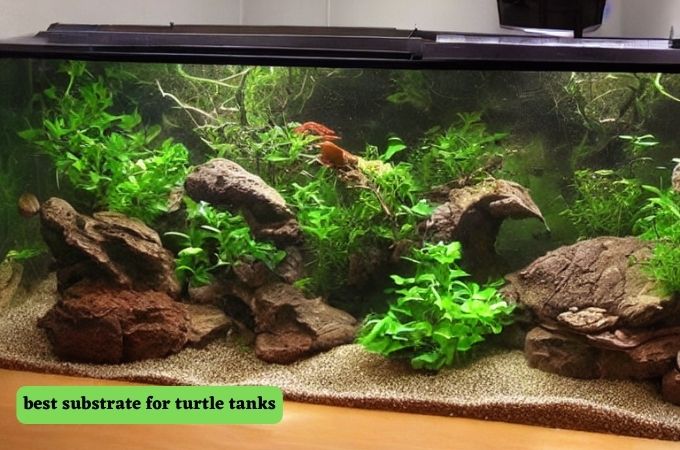
final words:
Rocks can be used as both part of the substrate – with or without sand – or simply to add aesthetics to give off an inviting and natural feel in your tank. To ensure a healthy and safe environment for your turtle, cleanliness is key. Start by picking the right substrate – one free of dust and chemicals but with no sharp edges which could injure their feet. Then regularly check up on it; cleaning both the substrate and filter to keep everything ship-shape.
